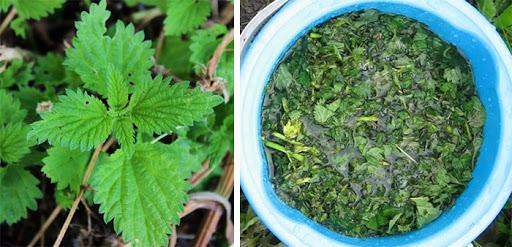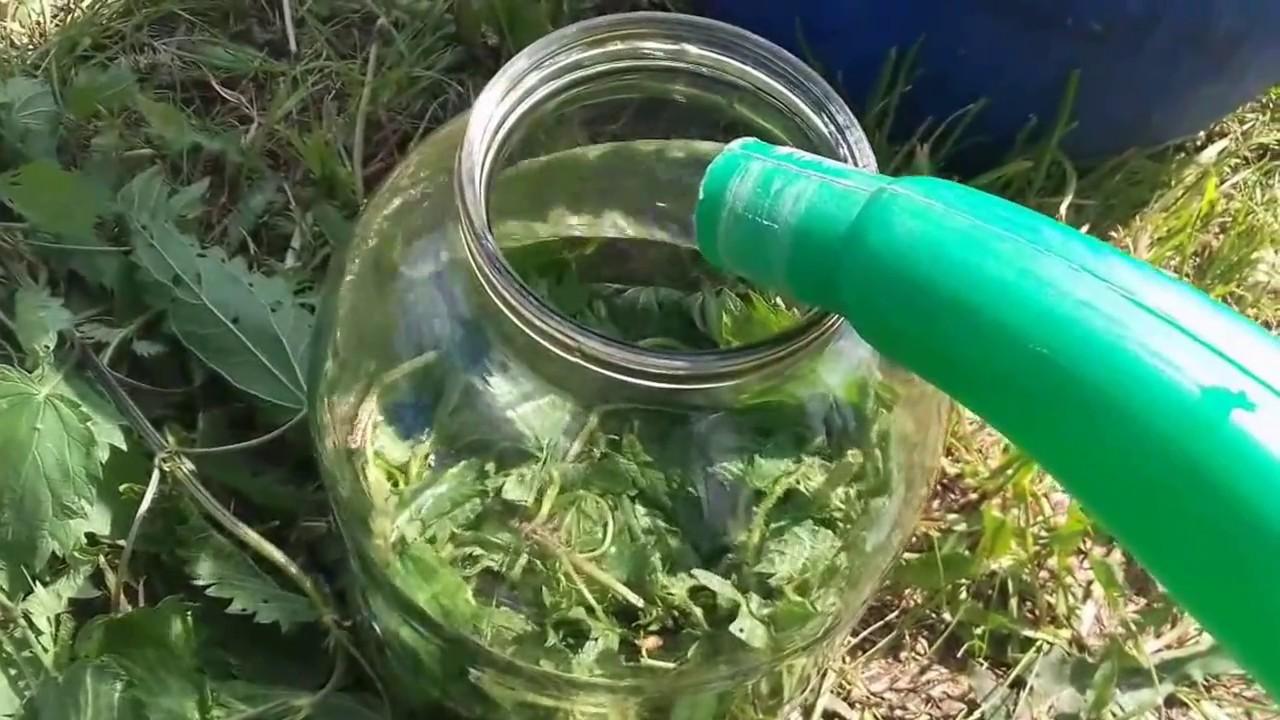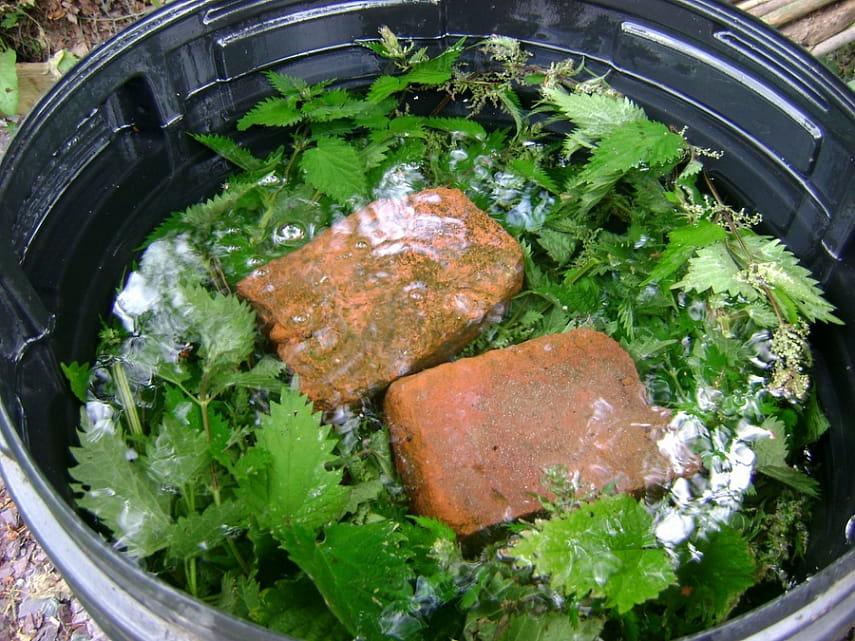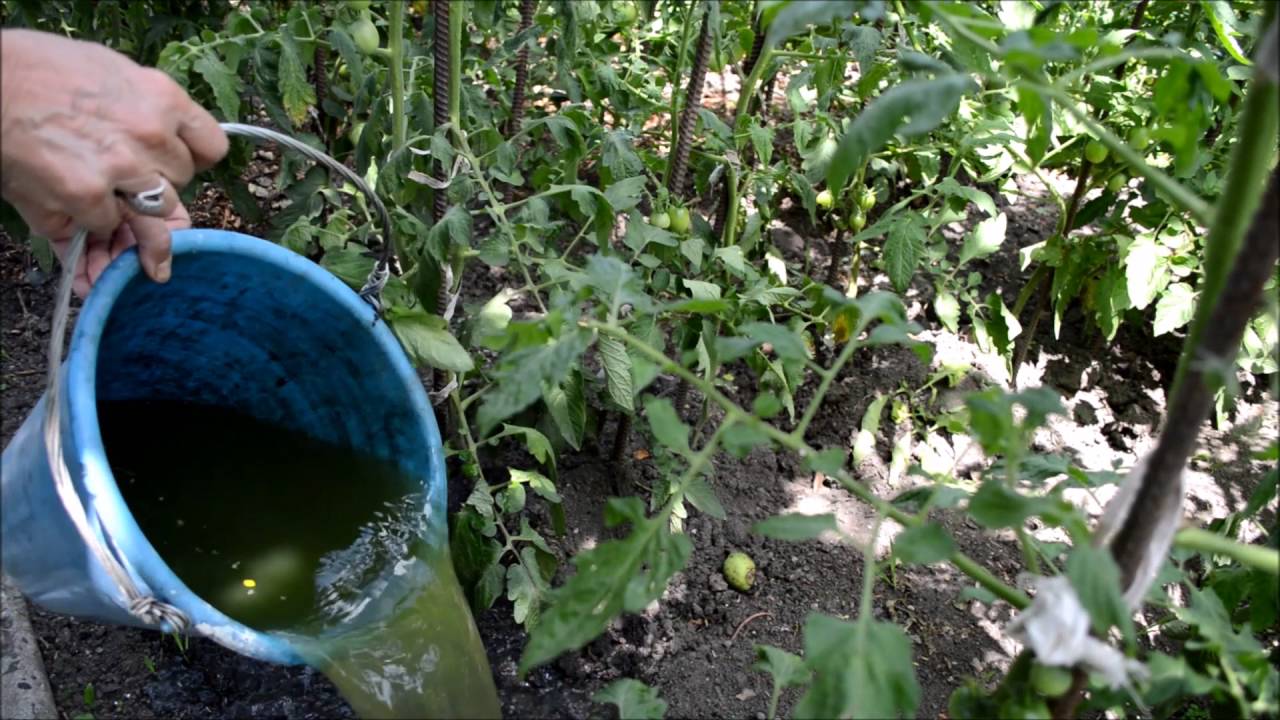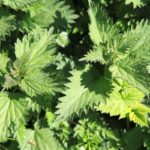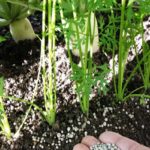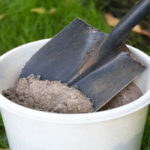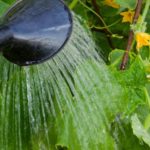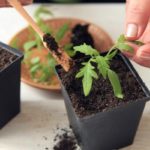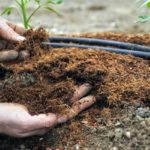Herbal infusions can be very useful as fertilizing for garden crops. They are not difficult to prepare, they are cheap, and the raw materials are available in almost every area. Let's consider the benefits of nettle fertilizers, what they are needed for, and how to properly prepare them in different ways. Instructions for use for tomatoes, cucumbers and strawberries, storage time at home.
Benefits of nettle fertilizers
Green fertilizers are prepared from any grass, weeds or tops left after harvesting root crops. All of them, including nettle fertilizers, are completely natural, safe and non-toxic. Properly prepared, they are used to feed plants throughout the season. They contain mainly nitrogen, there is phosphorus, potassium, mineral elements, vitamins, hormones, organic acids and phytoncides. Nutrients are in such a fertilizer in a form that is absorbed by crops quickly and completely.
Nettle products nourish plants, strengthen the immune system, help withstand bad weather and adverse factors, stimulate flowering, strengthen the ovary, accelerate and improve fruiting.
What plants are needed for?
Nettle fertilizers can be used to feed any type of cultivated plants in the garden, from young trees to flowers, especially in the early stages of their development, because they contain a lot of nitrogen.
Plants respond well to such feeding, which only benefits them and does not harm them in any way. There are no contraindications for the use of nettle fertilizers.
How to make fertilizer from nettles?
For use in the garden, you can make fertilizers from only one herb; it is also possible to add other ingredients.
Composting
You can add fresh or dried grass to your compost pile. Add any organic material to it: small branches, leaves, tops, weeds that have not had time to form seeds, straw and hay, sawdust.You can put peelings and peels of vegetables and fruits, tea leaves, eggshells, pieces of bread, any other kitchen waste, as well as clean paper and pet manure in the pile. Compost can be used to feed plants at least one year from the date of planting.
Preparation of liquid tinctures
The most common way to use nettle fertilizer. How to prepare: chop the stems and leaves of young plants that have not set seeds and pour into a barrel, bucket or other non-metal container up to half the volume. Fill to the top with warm water, cover with a lid and place in a sunny place for 1-1.5 weeks. Stir every day.
The infusion will be ready when fermentation stops, which can be determined by the disappearance of foam and darkening of the liquid. Dilute it with water 1 to 10 and water the solution on seedlings and young plants, 0.5 liters each, adults - 1 liter. To spray on a leaf once a month, filter the infusion and dilute it with water 1 to 20.
With manure
How to make: put nettle cuttings into a bucket, fill it halfway, add 2 tbsp. l. ash, a handful of manure and 1 glass of old jam to enhance fermentation. Fill with water, not adding a little to the top (leave room for foam). Close the lid tightly and put pressure on top. Leave to ferment for 3-4 weeks. For watering, dilute the infusion in a ratio of 1 to 5.
With yeast
Nettle infusion together with yeast contains an increased amount of vitamins and hormones. You will need: 10 g of dry yeast, 2 handfuls of crackers and 2-3 tbsp. l. Sahara. Pour warm water over the crackers and filter after 1 day. Pour chopped nettles, crackers, sugar, and yeast into a 10 liter bucket. Stir and cover with a lid. The infusion will be ready in 1 day.Strain and dilute with water in a ratio of 1 to 5. Water the plants 2-3 times a season.
Nettle and bread
Place chopped nettles in a bucket halfway, add 1-2 breads, 60 g of yeast. Stir and add water, not reaching the top a little. Cover with a lid and leave to ferment for 5-7 days. After straining, dilute with water 1 to 10.
Instructions for use
Let's look at how to fertilize tomatoes, cucumbers and strawberries with nettle products - crops that many gardeners grow on their plots.
For tomatoes
Frequency of use: once every 2 weeks, 0.5 liters of infusion are poured under the seedlings, 1 liter under the fruit-bearing bush. After this, the plants are watered with clean water. Spraying is carried out no more than once a month. It is recommended to water tomatoes throughout the season, but fertilizers will be especially effective at the beginning of the season, when the plants are gaining growth speed.
For cucumbers
Cucumbers are watered with nettle fertilizer once every 1.5 weeks, the solution consumption is the same as for tomatoes.
Since cucumbers require more nitrogen, it is advisable to feed them throughout the growing season.
For strawberries
Water the strawberry beds 2 times a month, pouring 0.5 liters of infusion under each bush.
How long can you store?
It is recommended not to store the nettle infusion, but to use it as soon as it is ready and prepare a new one. This is especially true for products that contain yeast and bread. Infusions easily turn sour, soured ones are not suitable for use. The maximum permissible storage period for nettle fertilizers is 1 week in a cool place.
Nettle fertilizers can be used all summer long, as long as there are raw materials for preparation. You can water vegetables, flowers, seedlings, shrubs, tree seedlings, flowers.These are excellent organic fertilizers that supply plants with basic and additional nutrients. Nettle improves the development of young and fruit-bearing crops, stimulates flowering and the formation of ovaries, their preservation, and increases the quality and volume of the harvest.

